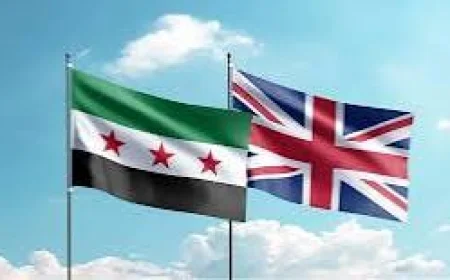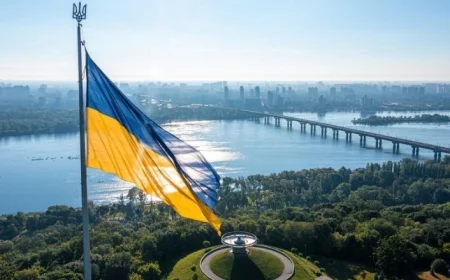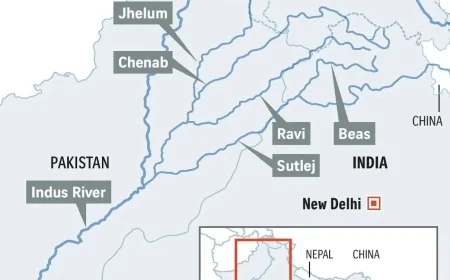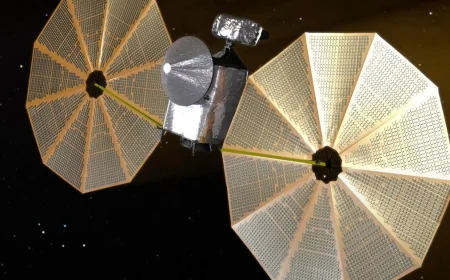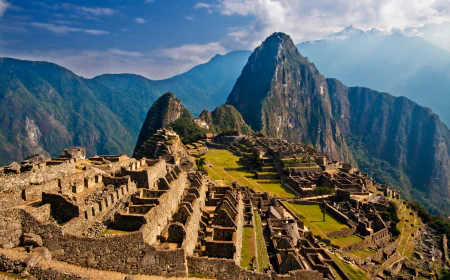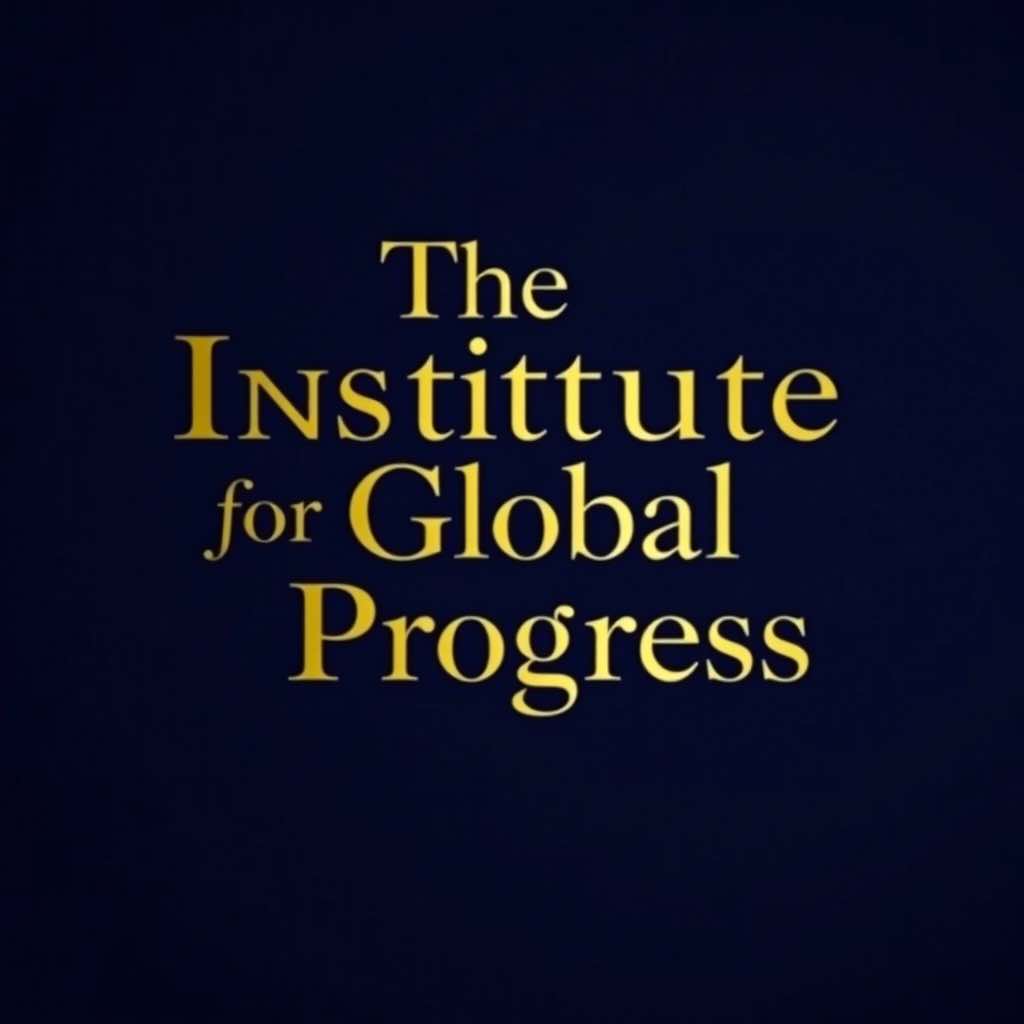Executive Summary
The recent decision by the Indian government to revoke visas for Pakistani nationals marks another significant setback in the already fragile diplomatic relations between the two nuclear-armed neighbours. This analysis examines the underlying causes of the latest tensions, evaluates potential regional implications, and proposes strategic pathways towards sustainable dialogue and long-term peace in the region.
Background Context
On 24 April 2025, India announced the immediate suspension of visa services for Pakistani citizens, citing security concerns and alleged Pakistani involvement in activities detrimental to India’s national interests. This measure follows months of escalating rhetoric and border incidents along the Line of Control (LoC), the de facto border separating Indian and Pakistani-controlled parts of Kashmir.
The visa revocation affects thousands of Pakistani nationals, including those seeking medical treatment in Indian hospitals, students enrolled in Indian educational institutions, and families with relatives across the border. The measure particularly impacts divided families in Punjab and Kashmir, where cross-border familial ties are common.
Root Causes of Persistent Tensions
The India-Pakistan relationship remains one of the world’s most complex geopolitical challenges, characterised by:
1. Historical Grievances: The partition of 1947 and subsequent conflicts have created deep historical wounds and competing national narratives.
2. Kashmir Dispute: The unresolved status of Kashmir continues to be the primary source of contention, with both nations claiming the territory in its entirety.
3. Cross-Border Terrorism Concerns: India consistently raises concerns about terrorist groups allegedly operating from Pakistani territory, while Pakistan denies these allegations and accuses India of sponsoring separatist movements within Pakistan.
4. Nuclear Dimension: Both countries possess nuclear arsenals, significantly raising the stakes in any potential conflict.
5. Water Resources: Disputes over shared water resources from the Indus River system periodically intensify tensions.
6. Domestic Political Considerations: Hardline stances towards the neighbouring country often yield political dividends for parties in both nations.
Immediate Implications of the Visa Crisis
The visa suspension will likely have several immediate consequences:
• Humanitarian Impact: Pakistanis seeking medical treatment in India will face significant hardship, particularly those already undergoing treatment.
• People-to-People Contact: The limited cultural, educational, and social exchanges that had survived previous diplomatic crises will be further curtailed.
• Economic Effects: While bilateral trade is already minimal, the few remaining economic linkages will face additional obstacles.
• Regional Diplomatic Fallout: Neighbouring countries may feel pressure to take sides, potentially complicating regional cooperation mechanisms like SAARC.
Strategic Pathways to Sustainable Peace
Despite the current setback, several strategic approaches could help establish a foundation for long-term peace and stability:
1. Gradual Confidence-Building Measures
• Phased Restoration of Diplomatic Channels: Beginning with lower-level diplomatic contacts and progressively scaling up to high-level dialogues.
• Military-to-Military Communication: Strengthening existing hotlines between military commanders to prevent unintended escalation during border incidents.
• Restoration of Trade: Incrementally normalising trade relations, beginning with essential goods and gradually expanding to broader economic cooperation.
• Cultural and Educational Exchanges: Facilitating carefully managed people-to-people contact through cultural programmes, academic conferences, and student exchanges.
2. Third-Party Facilitation
• Multilateral Forums: Utilising regional and international organisations such as the Shanghai Cooperation Organisation, where both countries are members, to facilitate dialogue.
• Track-II Diplomacy: Supporting unofficial dialogues between former officials, academics, and civil society representatives who can explore innovative solutions outside the constraints of formal negotiations.
• International Mediation: While both countries have historically resisted outside mediation, neutral third parties could potentially facilitate discussions on non-core issues initially.
3. Addressing Core Issues Systematically
• Kashmir Dialogue: Establishing a structured, long-term dialogue mechanism specifically for Kashmir that includes representatives from various Kashmiri communities.
• Counter-Terrorism Cooperation: Developing joint mechanisms to address mutual security concerns, potentially with international oversight.
• Nuclear Risk Reduction: Expanding existing nuclear confidence-building measures and establishing more robust crisis management protocols.
• Resource Management: Creating joint working groups on shared water resources, environmental challenges, and climate change adaptation.
4. Creating Economic Interdependence
• Regional Connectivity Projects: Revitalising stalled regional initiatives like the TAPI (Turkmenistan-Afghanistan-Pakistan-India) pipeline and CASA-1000 power project.
• Cross-Border Special Economic Zones: Establishing special trade zones at key border crossings to stimulate local economies and create stakeholders in peace.
• Joint Development Projects: Identifying opportunities for cooperative development in sectors like renewable energy, disaster management, and healthcare.
5. Institutional Frameworks for Sustained Engagement
• Regularised Summit Diplomacy: Establishing a protocol for regular meetings between prime ministers and foreign ministers, insulated from day-to-day tensions.
• Joint Crisis Prevention Unit: Creating a permanent bilateral body specifically tasked with preventing and managing crises.
• Regional Integration: Revitalising SAARC or developing alternative regional cooperation mechanisms to embed bilateral relations in a broader framework.
Justice and Reconciliation Components
Sustainable peace requires addressing historical grievances and establishing mechanisms for justice:
• Humanitarian Issues: Prioritising humanitarian concerns such as prisoners of war, fishermen who stray across maritime boundaries, and missing persons.
• Joint Historical Commission: Establishing a commission of historians from both countries to work towards a more nuanced understanding of shared history.
• Transitional Justice Mechanisms: Developing frameworks to address past human rights violations, particularly in conflict zones.
• Civil Society Engagement: Empowering civil society organisations to lead reconciliation efforts at the community level.
Practical Implementation Roadmap
A phased approach to peace-building could include:
Phase One (1-2 years):
• Restoration of full diplomatic relations
• Resumption of cross-border travel for humanitarian cases
• Reestablishment of trade in essential goods
• Revival of existing confidence-building measures
Phase Two (2-5 years):
• Comprehensive dialogue on all outstanding issues
• Expanded economic cooperation
• Enhanced people-to-people contact
• Joint initiatives on non-controversial issues like climate change and disaster management
Phase Three (5-10 years):
• Structured talks on core disputes including Kashmir
• Progressive demilitarisation of border areas
• Deep economic integration
• Institutional frameworks for sustained engagement
Conclusion
The current visa crisis represents yet another challenge in the turbulent India-Pakistan relationship. However, history has shown that periods of tension can sometimes create opportunities for reassessment and renewed engagement. By pursuing a multi-faceted approach that combines confidence-building measures, third-party facilitation, systematic dialogue on core issues, economic interdependence, and institutional frameworks for sustained engagement, both countries could gradually move towards a more stable and peaceful relationship.
The path forward requires significant political courage from leadership in both New Delhi and Islamabad, active support from the international community, and sustained engagement from civil society. While progress will inevitably be slow and subject to setbacks, the potential benefits of peace—including economic development, improved human security, and regional stability—provide compelling incentives for persistent diplomatic efforts.
Published by The Institute for Global Progress, April 2025
The views expressed in this analysis are those of the author and do not necessarily reflect the official policy or position of The Institute for Global Progress.

 Like
0
Like
0
 Dislike
0
Dislike
0
 Love
0
Love
0
 Funny
0
Funny
0
 Angry
0
Angry
0
 Sad
0
Sad
0
 Wow
0
Wow
0





